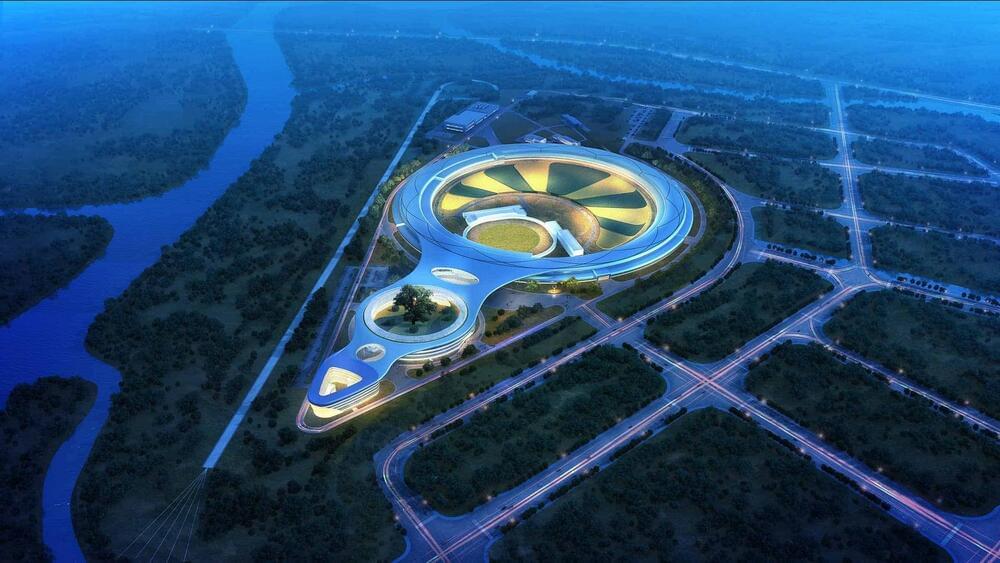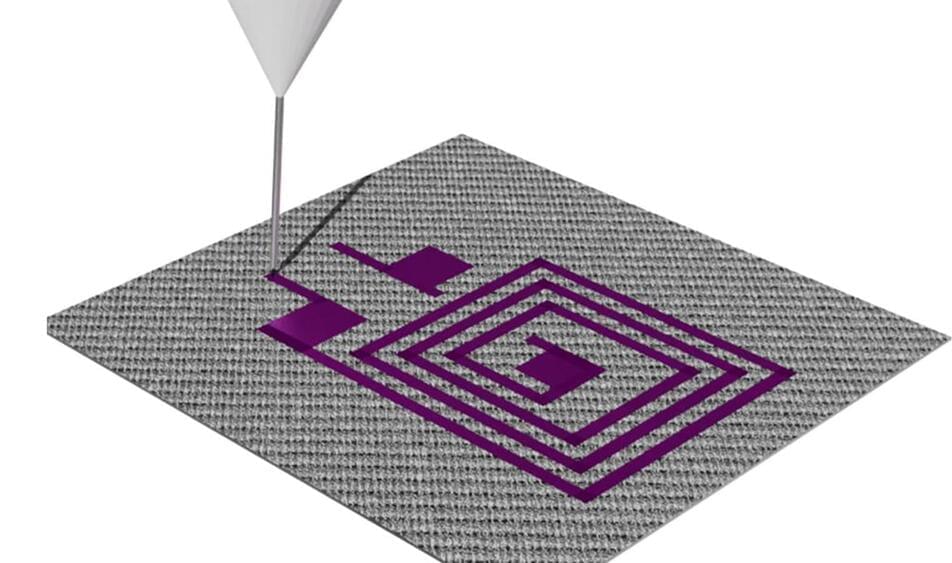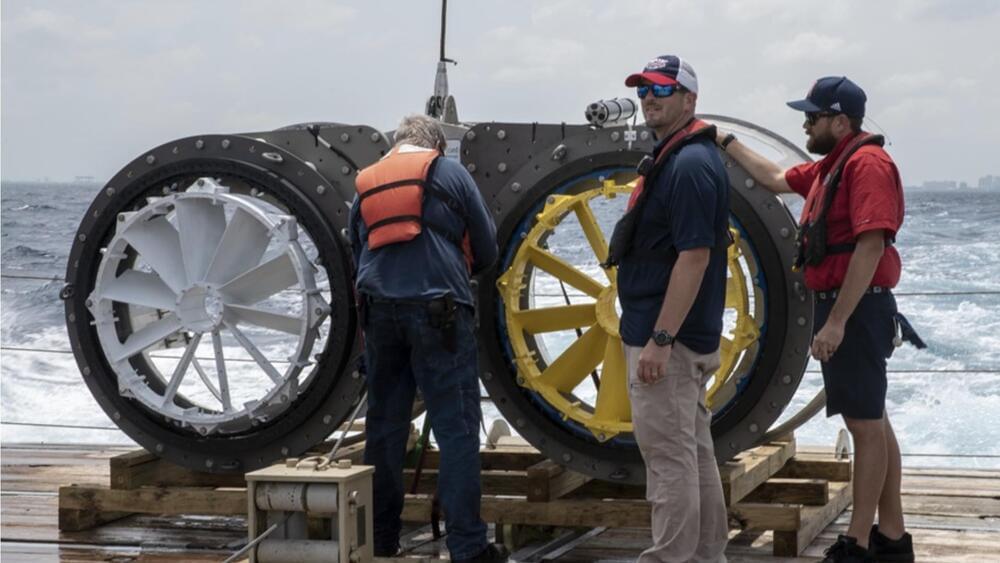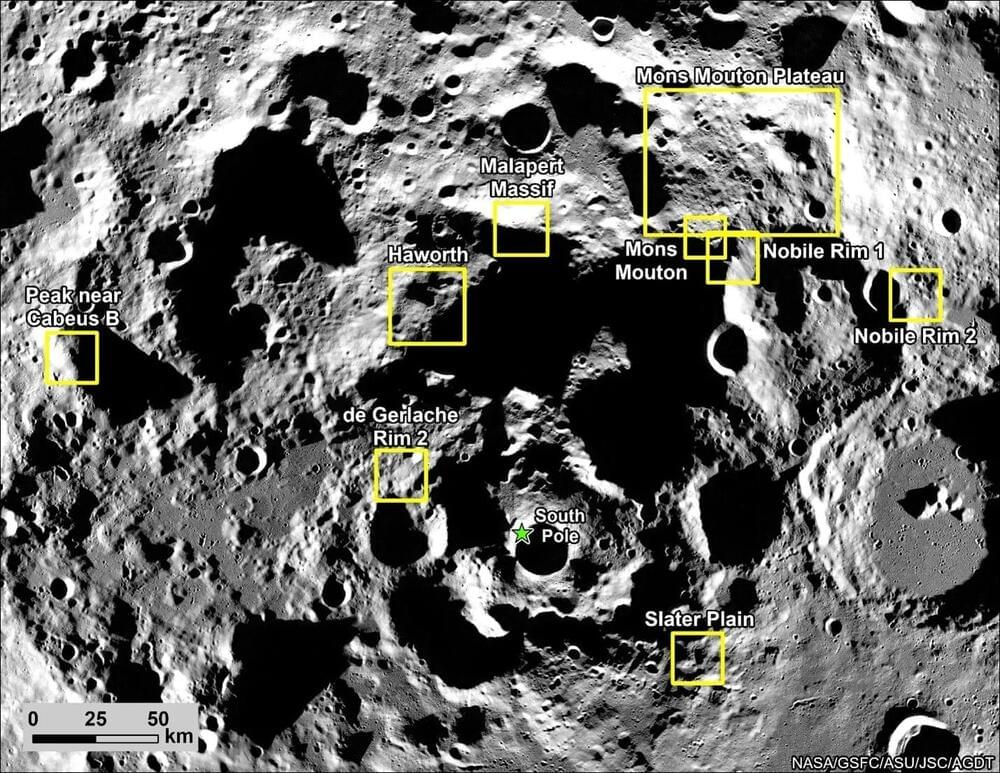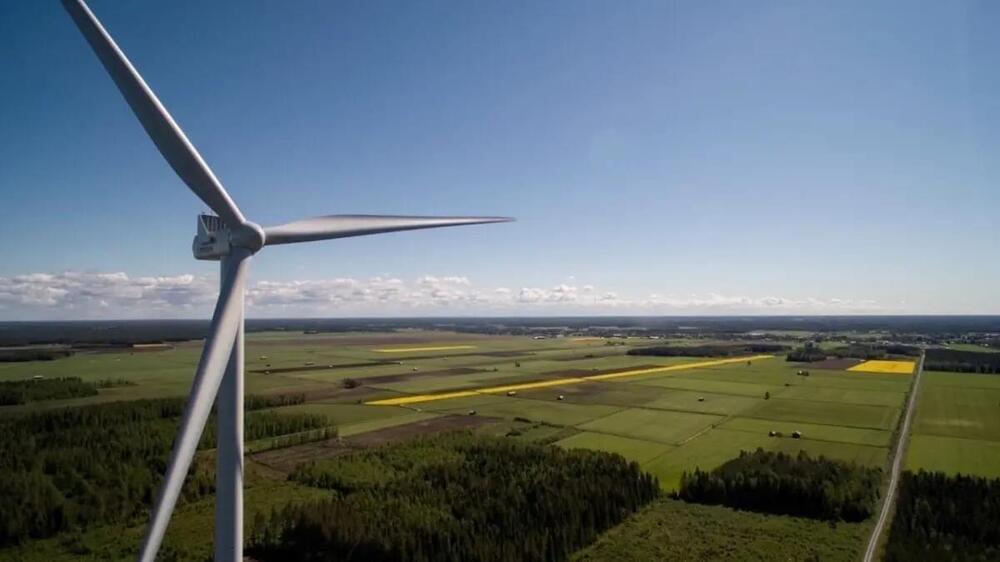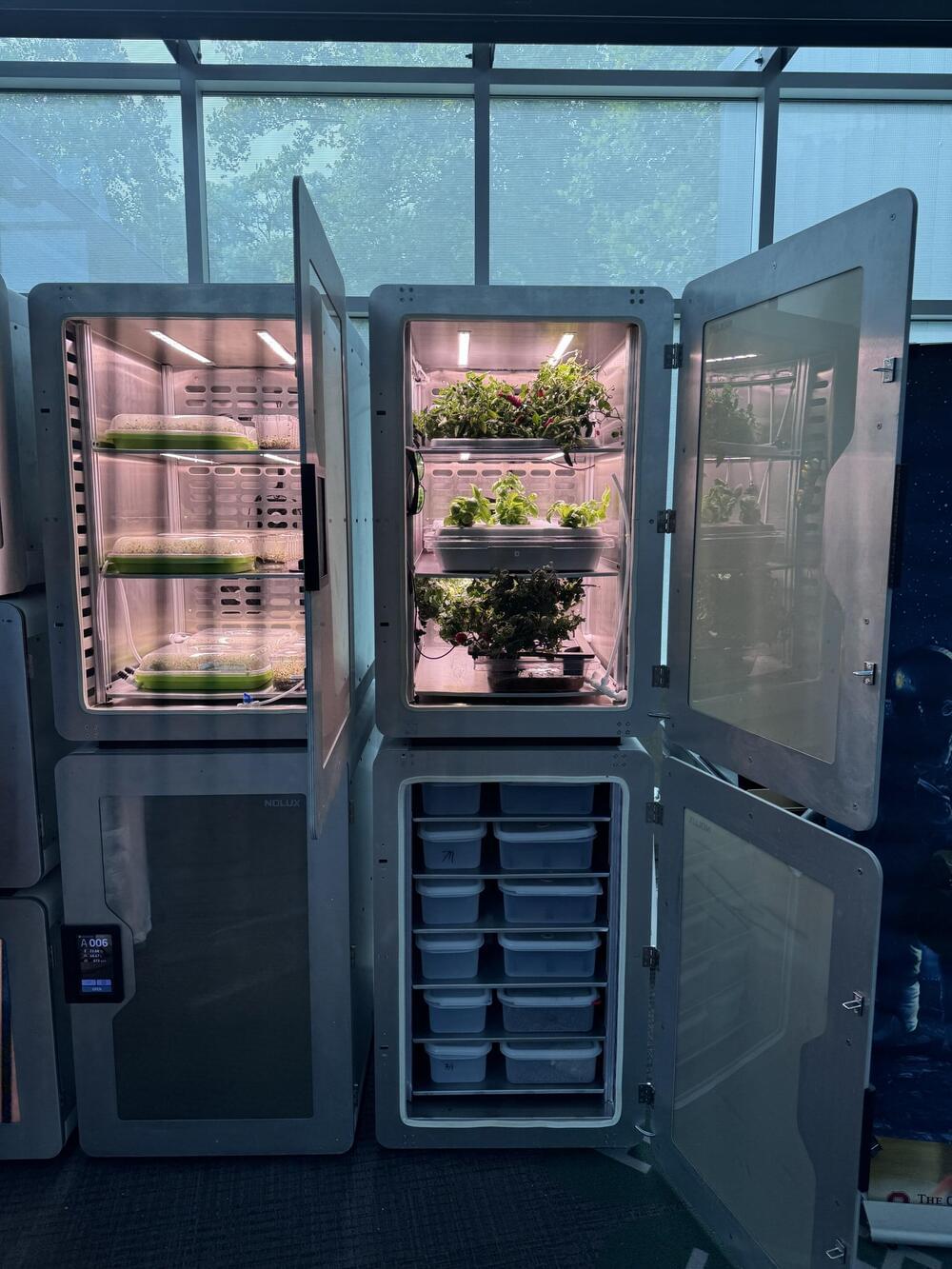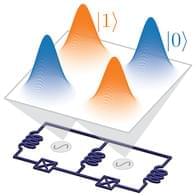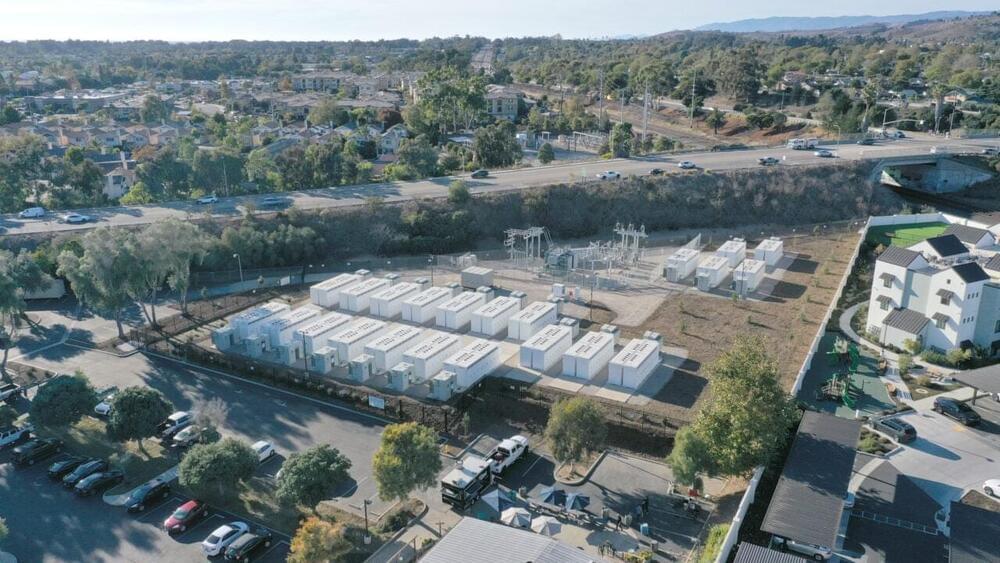Nov 2, 2024
World’s brightest X-rays: China set to unveil High-Energy Photon Source
Posted by Shubham Ghosh Roy in categories: energy, nanotechnology
HEPS will transform scientific research by enabling high-energy X-ray probing at the nanoscale.
China is poised to unveil its cutting-edge High Energy Photon Source (HEPS) by year’s end, boasting some of the world’s most powerful synchrotron X-rays.
With a staggering investment of 4.8 billion yuan (approximately US$665 million), this facility marks a significant milestone for Asia, propelling China into the elite league of nations with fourth-generation synchrotron light sources.
Continue reading “World’s brightest X-rays: China set to unveil High-Energy Photon Source” »
